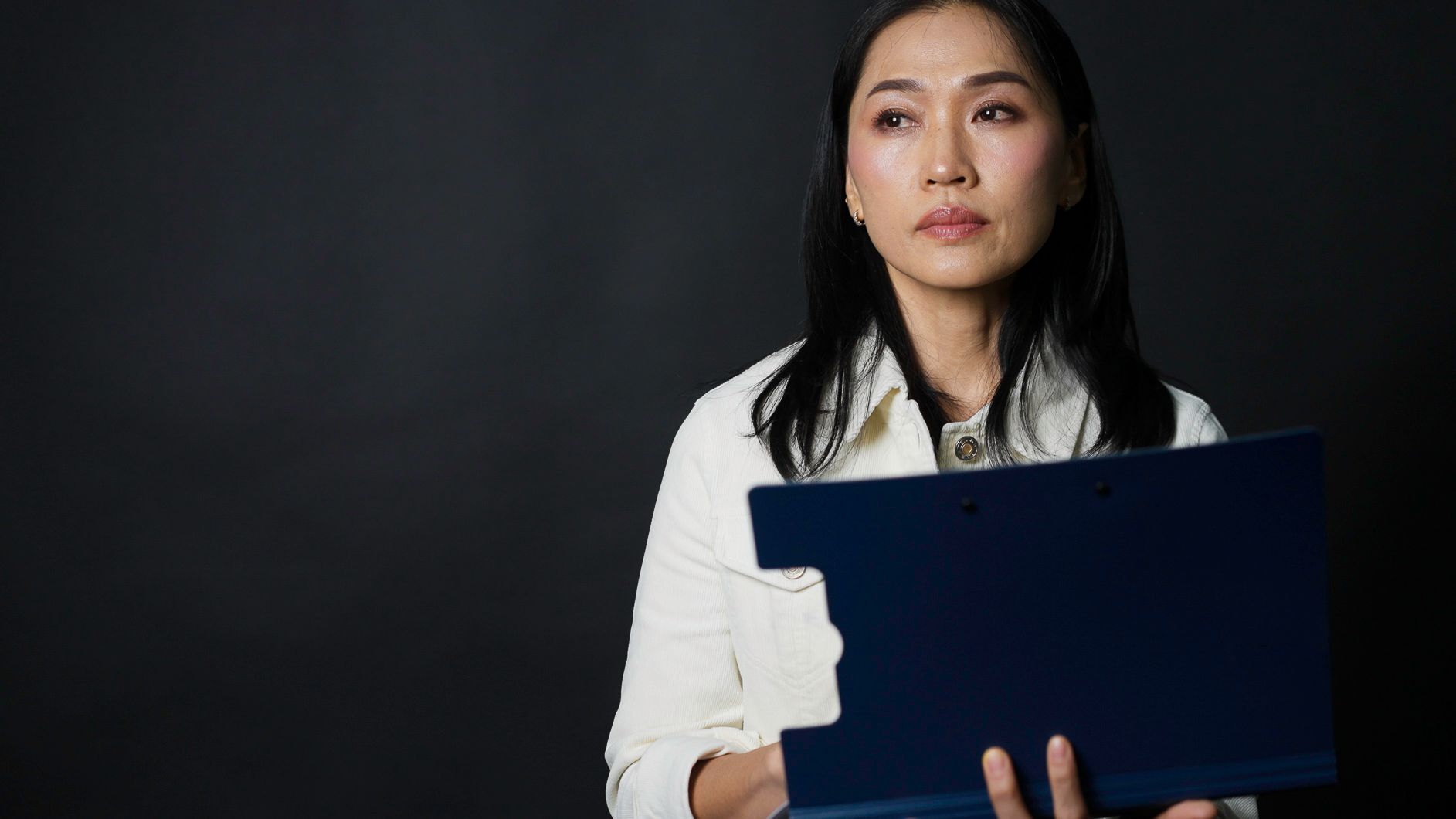Australians with a disability face some of the most significant barriers to work of all groups in the workforce, with employment participation for those aged between 15 and 64 years at just 53.4%. And when people with a disability do enter into the workforce, they can often face discrimination and exclusion. In fact, disability discrimination accounts for the highest volume of complaints across the board to the Australian Human Rights Commission , with many occurring at work.
Language is a powerful tool that companies can utilise to help build an inclusive working environment for those living with a disability. Inclusive language can foster a positive workplace, enabling people from diverse groups (e.g. different ages, genders, abilities and cultures) to feel respected and able to perform in a way that benefits themselves and the organisation they work for.
Research shows that companies with a strong focus on inclusive language benefit from greater creativity, improved performance from staff, increased profitability and a better organisational culture, as well as improving the general mental health and wellbeing of your staff.
As a member of Diversity Council Australia, Bayside Group has drawn on these resources
to highlight how to best utilise inclusive language surrounding disability within the workplace.
Remember that context is important
When it comes to using inclusive language, remember that context is everything. This means that language you may consider acceptable outside work might unknowingly be non-inclusive in the workplace.
Keep in mind that you are in a professional environment, where everyone has the right to feel included and respected, and the words you may use to describe yourself or a friend are not necessarily appropriate in the workplace setting.
Focus on the person
A person is not defined by their disability and it is important to use language that acknowledges this. To do this, simply don’t mention their disability unless it is directly related or relevant to the topic of conversation.
Making mention of someone’s disability when it is unnecessary can simply enhance their feeling of ‘otherness’ and serve to alienate or differentiate them from other staff members.
If it does need to be mentioned (for example if discussing an employee’s needs with regard to wheelchair accessibility at a work event) then ensure you do so respectfully and use “person-first” language (see below).
Use “person-first” language
Person-first language is widely accepted as inclusion best practice in Australian workplaces, and means that if you do need to refer to a person’s disability, you do so by focusing on the person first and their disability or impairment second.
For example, rather than saying “He’s schizophrenic”, try to say “he has schizophrenia”. Instead of using the phrase “disabled person”, use “person living with a disability”. This will serve to help the employee feel as though they are first and foremost being recognised as the person they are, rather than being defined by their impairment.
Make sure people are seen and heard
Although you should not directly focus on a person’s disability if it is irrelevant to the situation at hand, you can use language as a way to make those with a disability feel seen and included. Using examples of people with disability in everyday discussions can be an easy way of doing this.
You should never simply make assumptions about what someone with a disability may or may not need with regards to support or accessibility. Instead, respectfully acknowledge and ask rather than ignoring it, which could leave them feeling invisible or forgotten.
Body language
When talking to someone with a disability, it is important to speak directly to them, rather than their aid or someone who may be assisting them, such as a disability worker or translator.
When meeting with or speaking to somebody who uses a wheelchair, you may wish to choose a location where you can sit down too, so that you can put yourself at the same level. And if someone has a physical impairment, be respectful and try not to stare or completely avoid looking.
Accessibility within the workplace
For those living without a disability, we can often take for granted the ease with which we move around the workplace, and therefore often neglect to consider the needs of those who can’t. Inclusive communication will be important when discussing someone’s accessibility requirements and will assist to ensure they are comfortable in the workplace.
Have an open and respectful conversation about the tools, hardware or aids that your employee with a disability may need. This could be anything from ensuring there is safe wheelchair access, having plates and glasses in an easy-to-reach area, or even bringing large-print versions of documents to meetings for those who may be visually impaired, if they have been consulted and deemed this helpful.
Don’t use offensive labels or euphemisms
It goes without saying that in order to avoid discrimination and non-inclusive language, derogatory comments and offensive labels should never be used. Words and phrases such as “handicapped”, “deaf and dumb”, or “mental” should not be tolerated in the workplace, and is something that should be reiterated to staff should it be overheard.
If in doubt about what language someone might find offensive, ask what terms are preferred and respect their preferences. It is important to recognise that preferences vary – for example, one person with a hearing disability may prefer “deaf”, while another may prefer “person with a hearing impairment.”
It is important to note that terminology evolves, which means that words previously used may not be seen as appropriate now. For example, suggesting people with a disability are special or inspirational just for living and working with a disability can be patronising.
Stay away from stereotypes
According to the Disability Council of Australia, “Inclusion happens when people feel their whole self is understood, respected and included at work – not just a one dimensional stereotype.” Defining a person by a stereotype is disrespectful to them and everyone else living with the same disability.
People with disability enjoy the same range of activities and relationships as everyone else – as employees, friends, community members, partners, and colleagues. When you meet someone new who has a disability, engage them in conversation as you would any other new acquaintance and don’t make assumptions based on what you think you may know about those with a disability.
The Diversity Council Australia is an independent not-for-profit peak body leading diversity and inclusion in the workplace. Bayside Group is proud to be a member of the DCA, allowing us to bring our readers important and current information regarding workplace inclusion and diversity.



